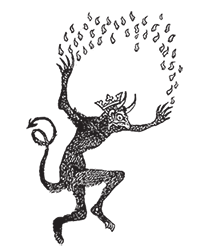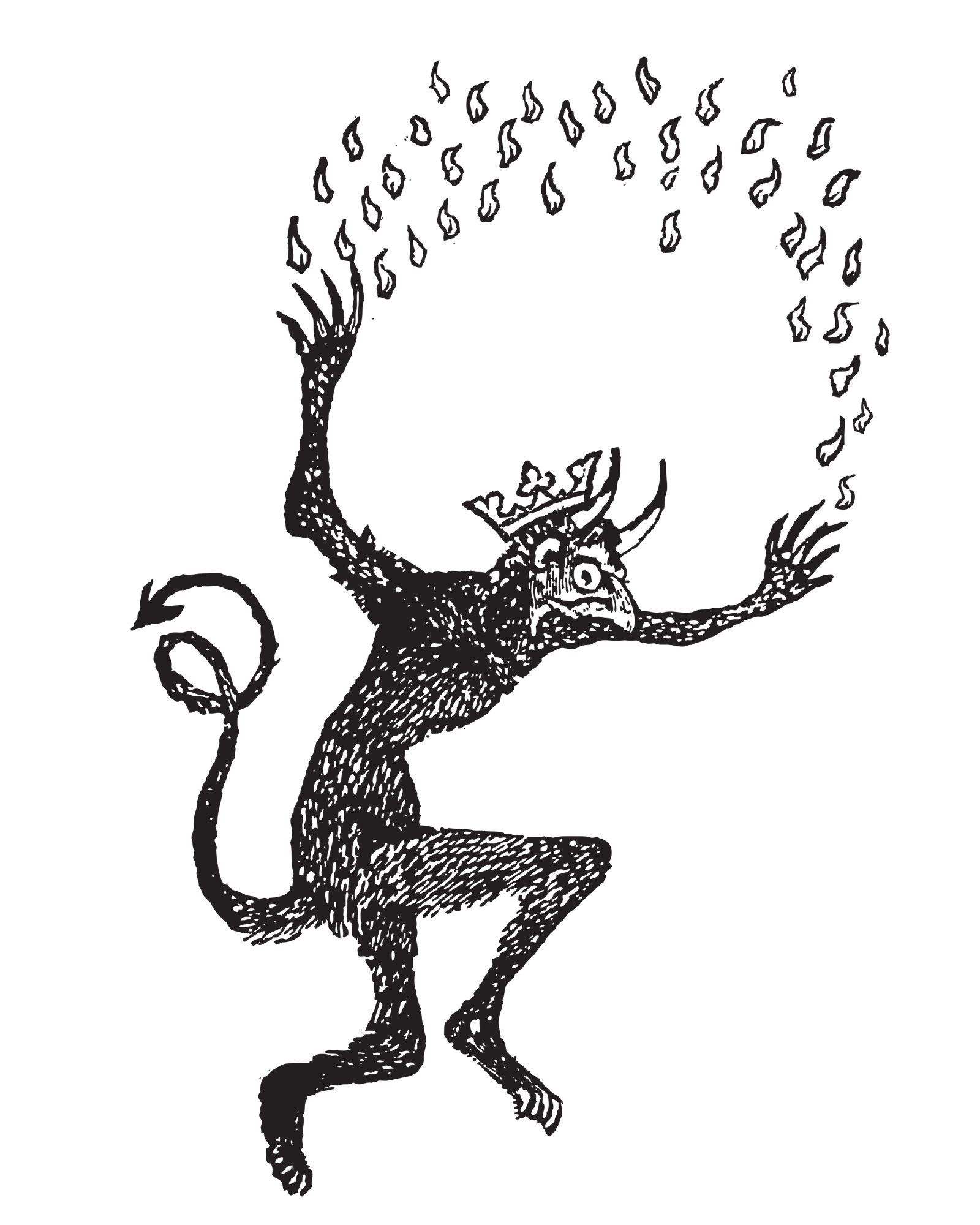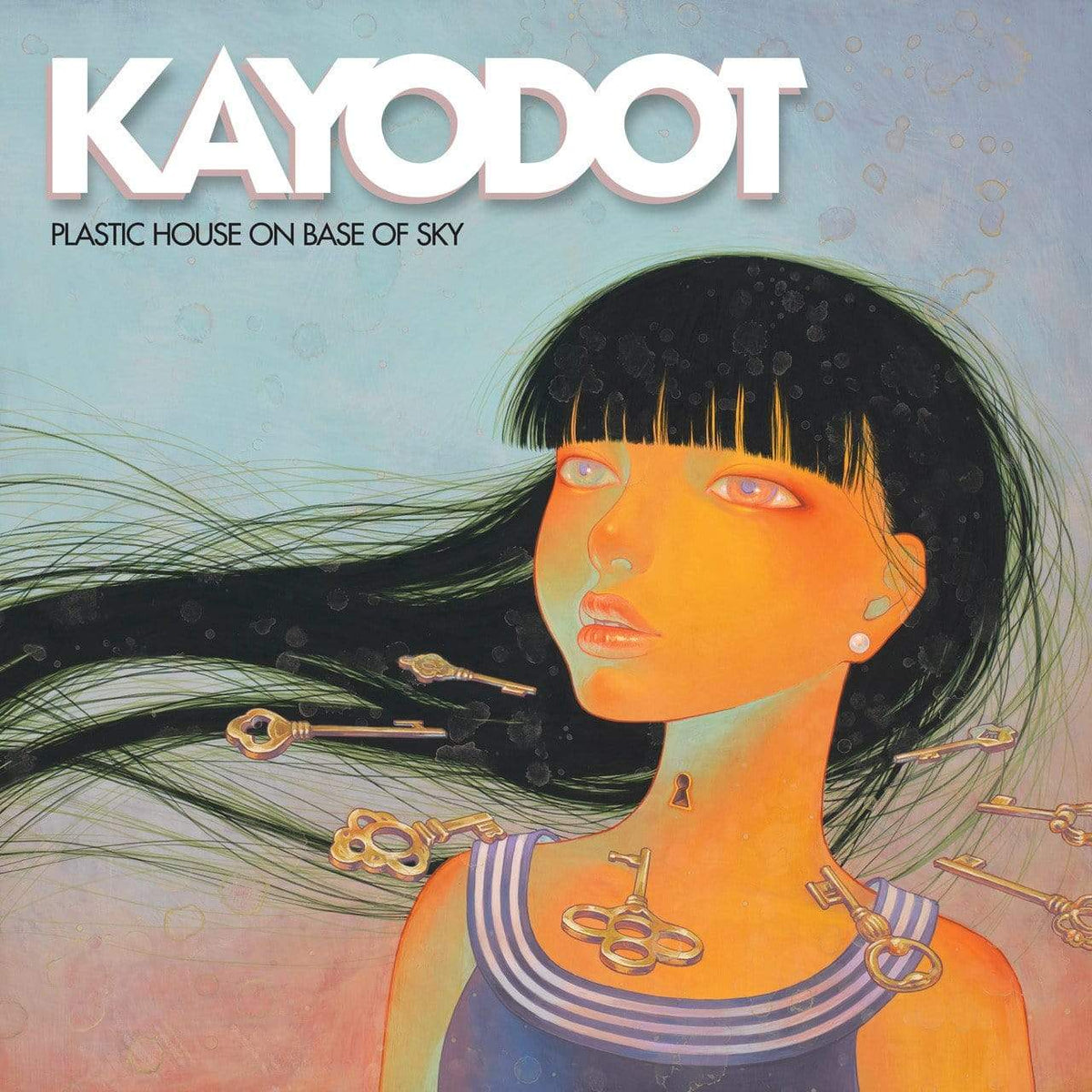Kayo Dot has never made the same record twice. From chamber music to progressive black metal, from goth to jazz and avant-garde classical, Kayo Dot is undeniably experimental and utterly unclassifiable. Since its inception in 2003, the band has released seven full-length albums, including their debut Choirs of the Eye (2003), the conceptual double-album Hubardo (2013) and most recently Coffins on Io (2014, The Flenser). Kayo Dot have toured the globe numerous times over and have played the stages of Roadburn, SXSW, and many other international music festivals. In 2015, frontman Toby Driver organized and played a 12-concert retrospective at The Stone in NYC. Now, Kayo Dot is gearing up for the release of a new LP: Plastic House on Base of Sky, due out June 24th, 2016 from The Flenser.
On Plastic House on Base of Sky, Kayo Dot fully embraces Coffins on Io’s electronic allusions, incorporating a variety of synthesizers (many of them vintage analog) to create another work of ambition and magnitude that fuses the explosive musical imagination of a band like Magma with the forward-thinking experimentalism of Conrad Schnitzler or Morton Subotnick. This 40 minute-long, 5-song LP goes beyond the future-noir theme of Coffins on Io and is an innovative and biomechanical work of art. Think seemingly impossible architecture, dead satellites, trashed space stations, wasted old lady heroin addicts hanging out by cheap motel pools, broken people, and a hopeless dead and polluted world transitioning into artifice and mechanism and reacting by being self-destructive, either to the point of utter obliteration or a glorious transhuman condition.
Toby Driver, the primary composer and bandleader of Kayo Dot, has been fiercely productive over the years, and while that usually refers to how many songs or albums an artist has made, with Driver the productivity is in the realm of ideas as much as music itself. In the course of a single Kayo Dot song, the amount of risks and liberties taken with form and convention usually outnumbers what other artists cover in a full album. For as much ground as they cover, it’s always in the service of a carefully curated mood and this is apparent on Plastic House on Base of Sky’s exploration of our mechanical post-human future-present.
The core of Kayo Dot might be that mood– one that lies at the crossroads of darkness and mystery. In film, music that accompanies mystery is often nocturnal, playing on a primal relation in our brains between the unknown and the night. It’s this intersection that is the essence of Kayo Dot. Driver, who recorded Plastic House on Base of Sky in various locations from August 2014 to December 2015, again collaborates with lyricist Jason Byron. Byron, a lifelong student of the occult, gives the listener a feast of words to unpack that are as elusively satisfying as the labyrinths of sound they travel through. Whether by way of menacing guitars, ethereal woodwinds, or aggressive electronics, there’s always a sense that a new passage could open, that around the next corner could be anything.
Cover art by Fuco Ueda. Design by Kevin Gan Yuen



